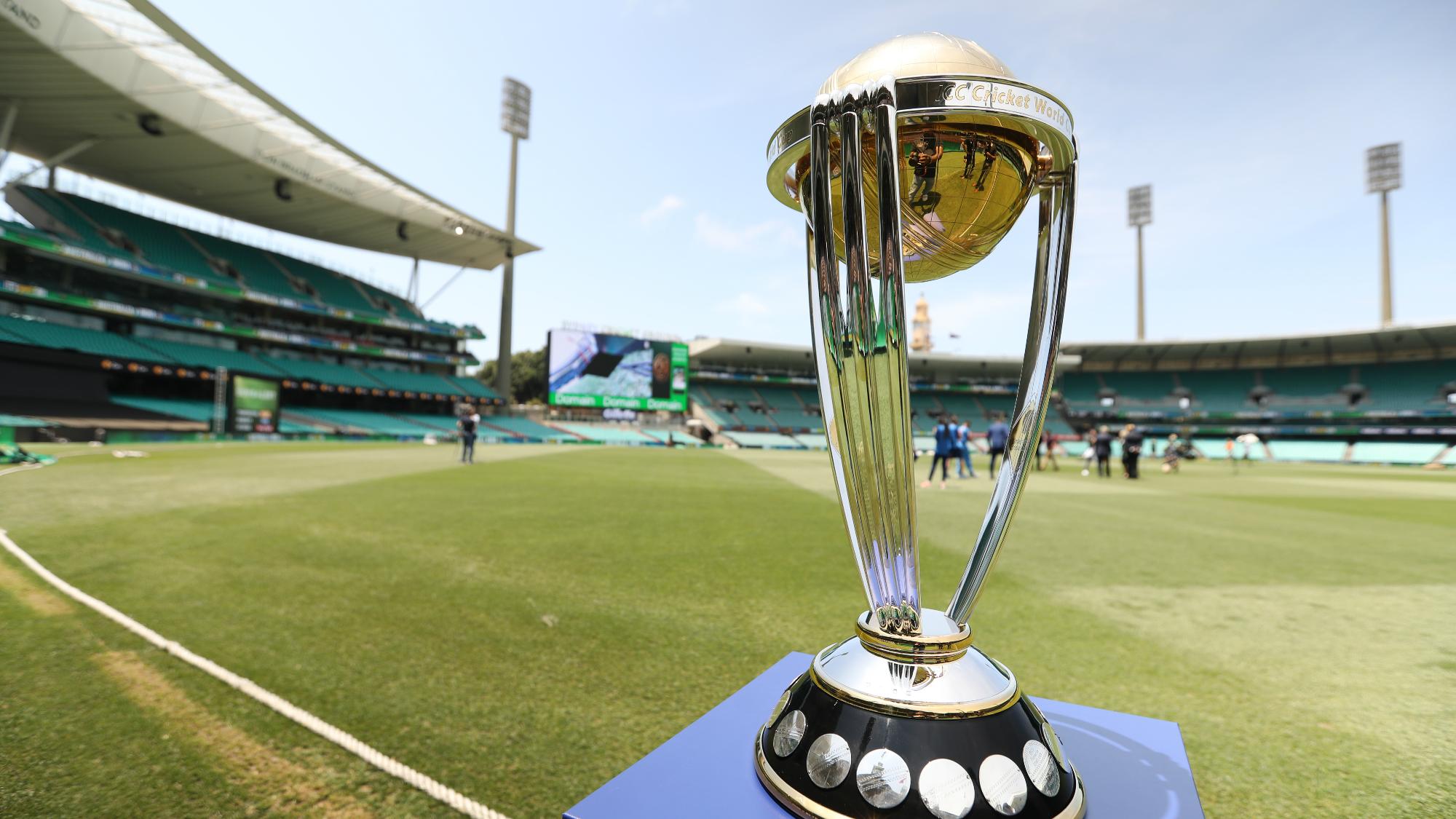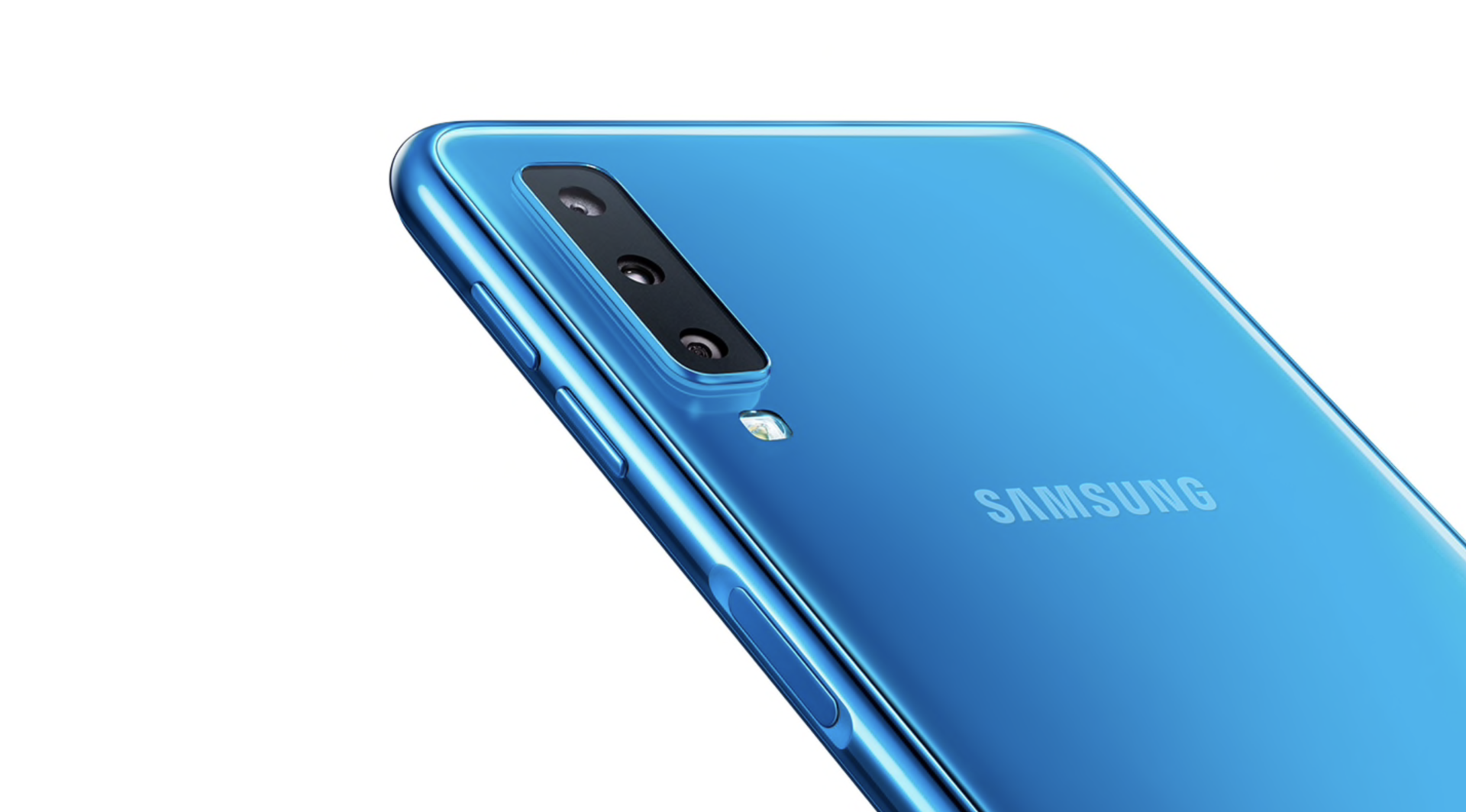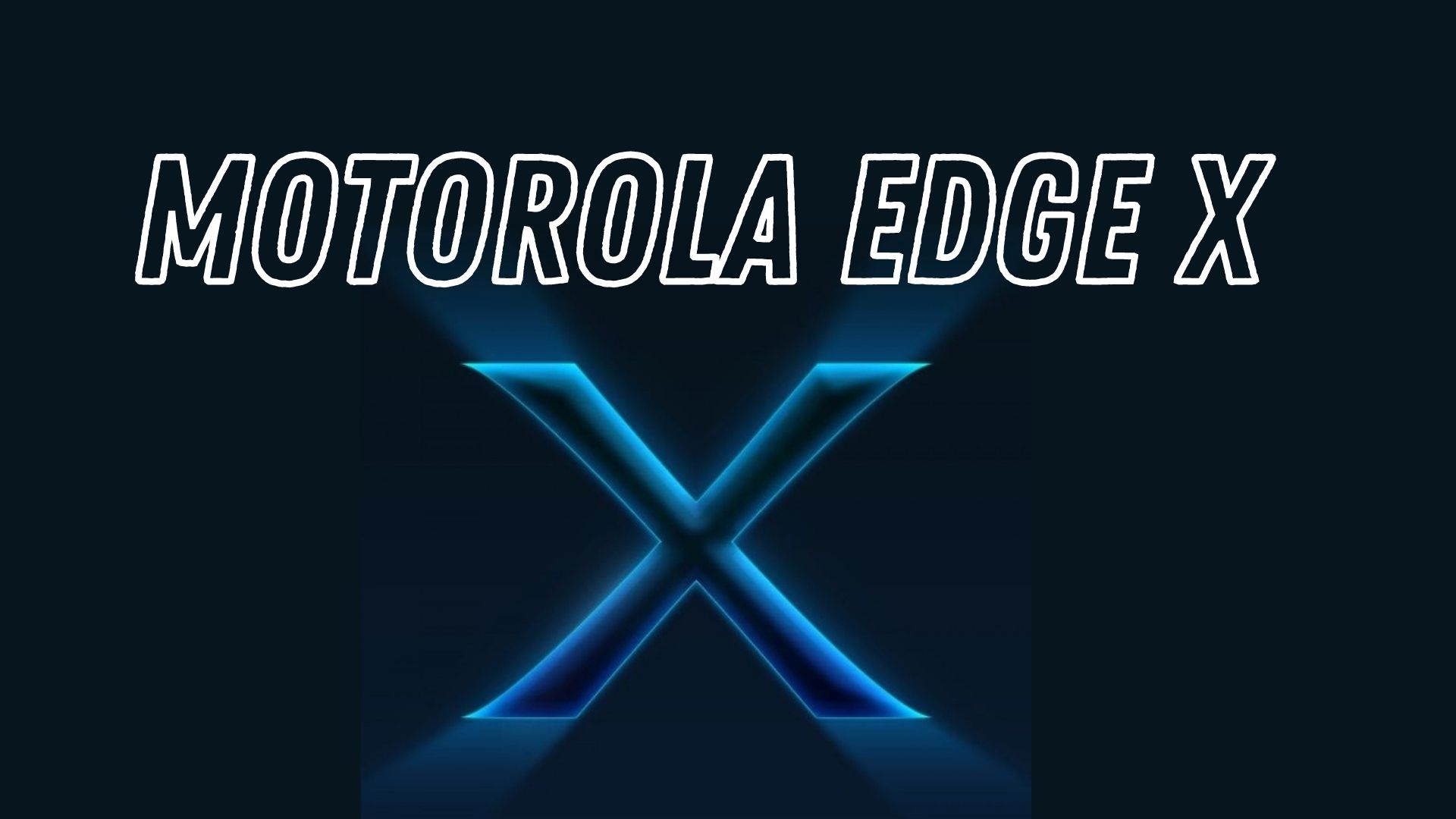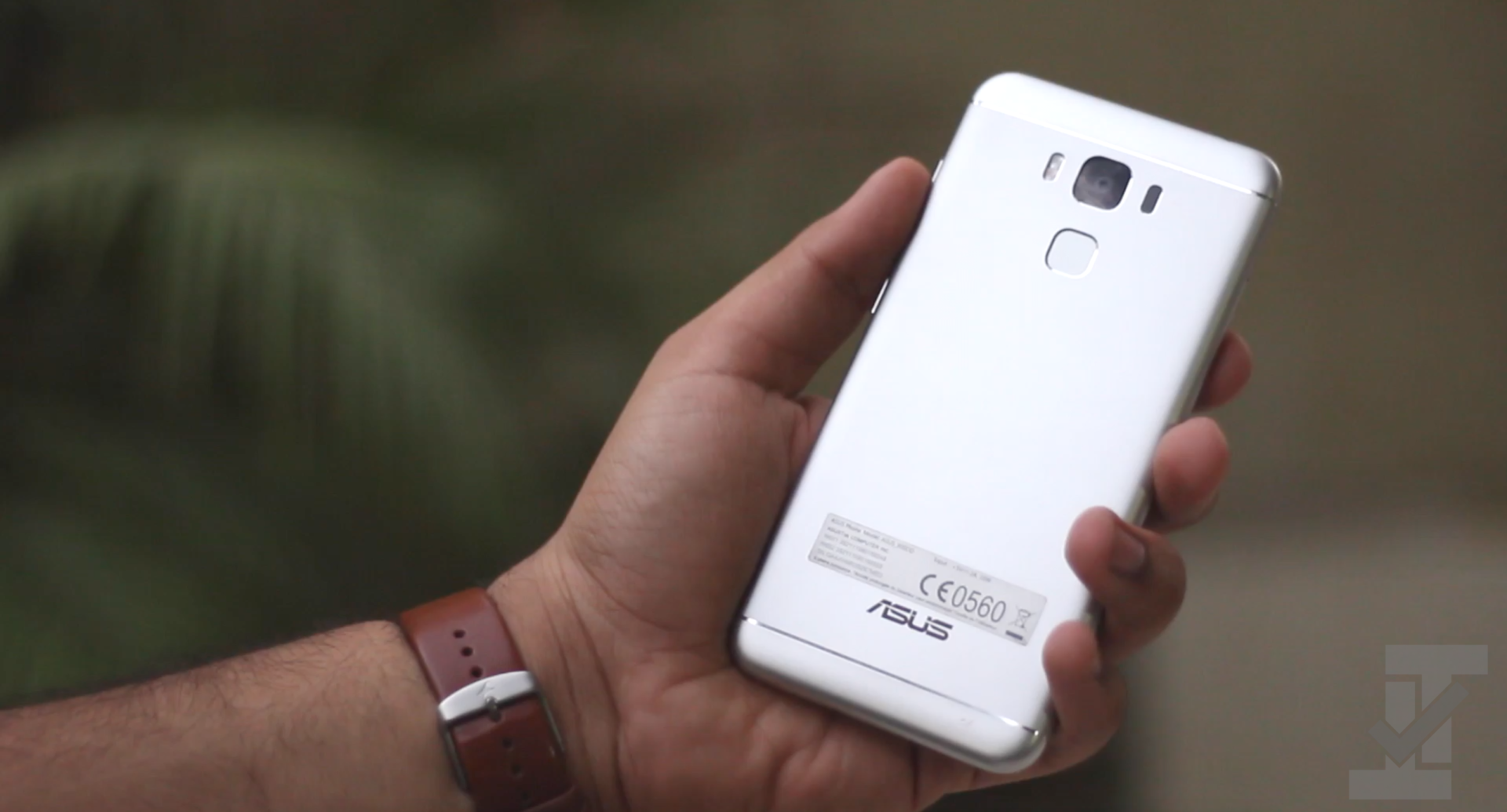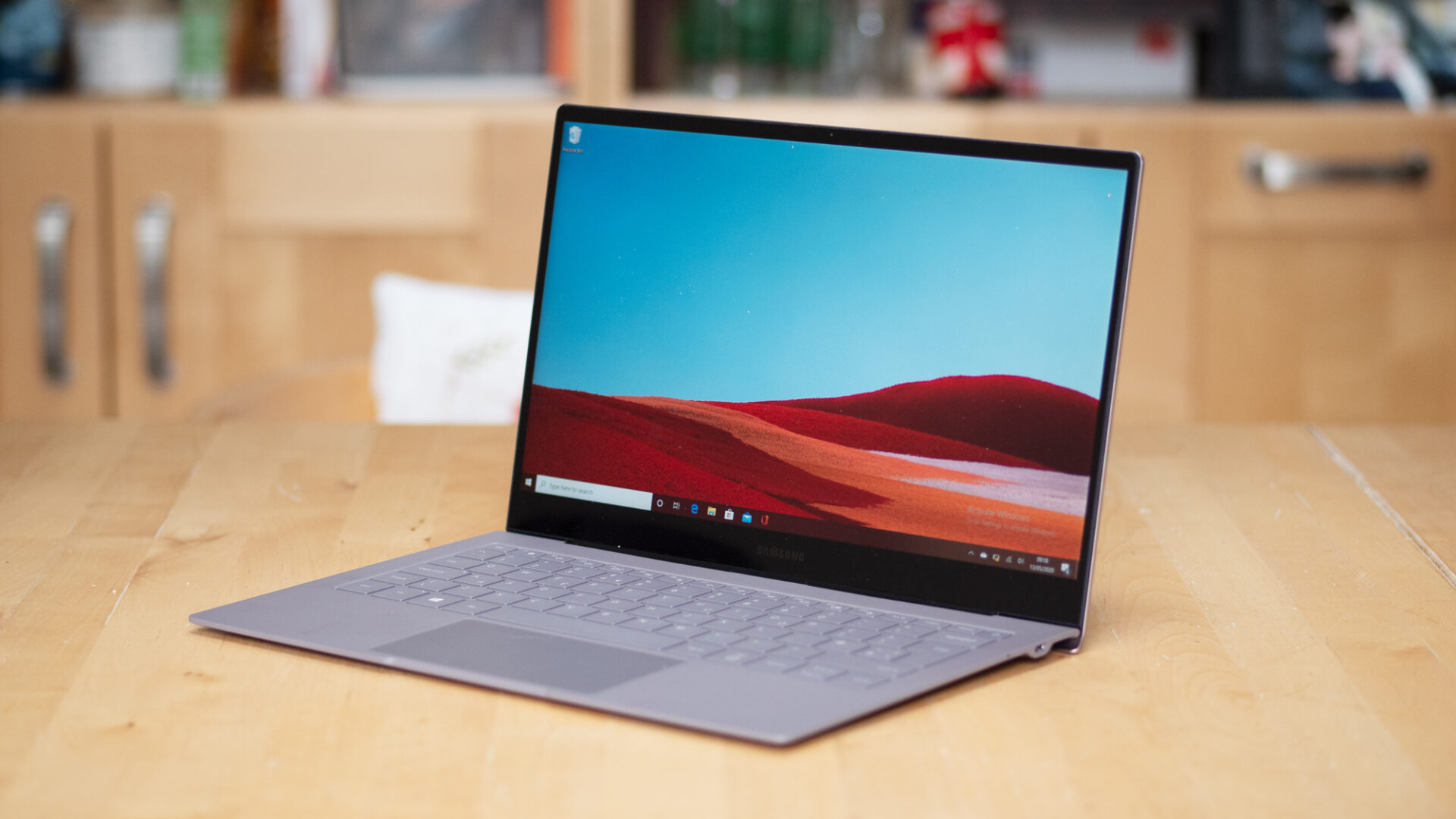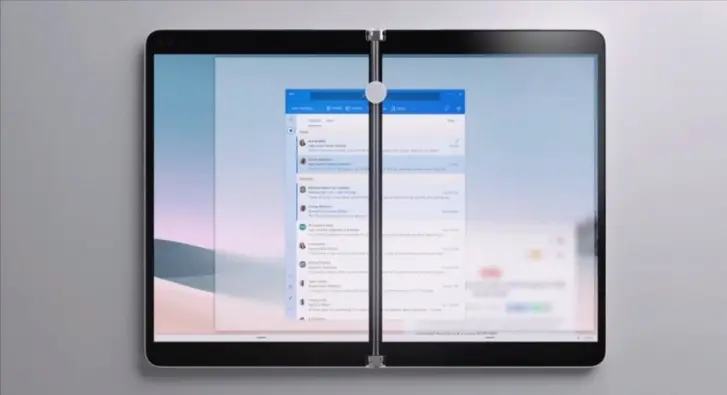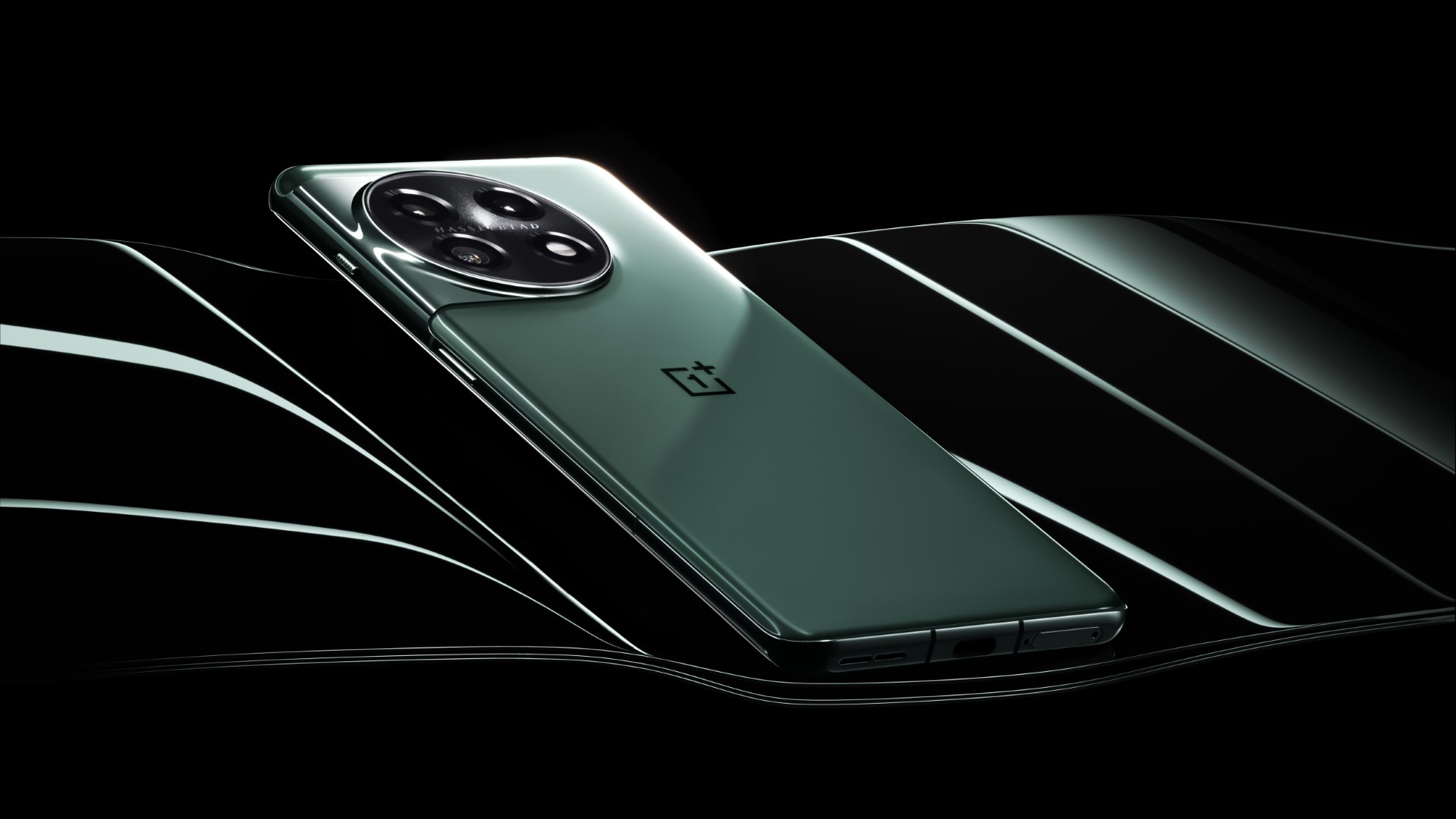The ICC World Cup 2019 is about to become one of the most momentous spectacles in the cricketing fraternity in 2019 after the uber-popular IPL 2019 ended a month ago. The ICC World Cup 2019 is being hosted by England while the first match will be played in England between the host nation and South Africa.
Well, watching cricket is enthralling without a doubt but do you know we have been watching cricket like never before thanks to the various technologies introduced over the years. It is now not that a couple of fixed stationed cameras pointing at the field but there are a string of technologies that are in use as of now with the upcoming ICC World Cup 2019 is no exemption. No doubt the tournament will be overwhelming and that’s because we have become spectators of various camera techniques and technologies used that we might not know so far. Here’s a list of all the technologies that will be used at the ICC World Cup 2019 tournament that will make the cricket match much more enticing and enjoyable.
Spidercam
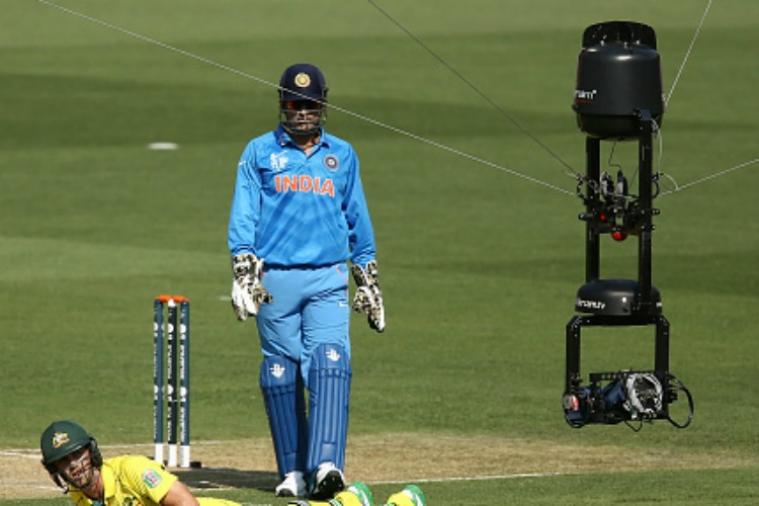
I bet you have seen an intriguing drone-like object hovering on the field without any actual rotors to lift it? Spidercam has become a traditional type of cinematography as it allows the audience to see a never-seen-before bird’s eye view of the field capturing any nick of details. Although it hovers over the field, it does not have any rotors as it is not a drone and basically many times heavier but it attached to cables and a deep network of pulleys and wires that allows it to move around vertically and horizontally on the specified area to get the best look.
Hawk-Eye
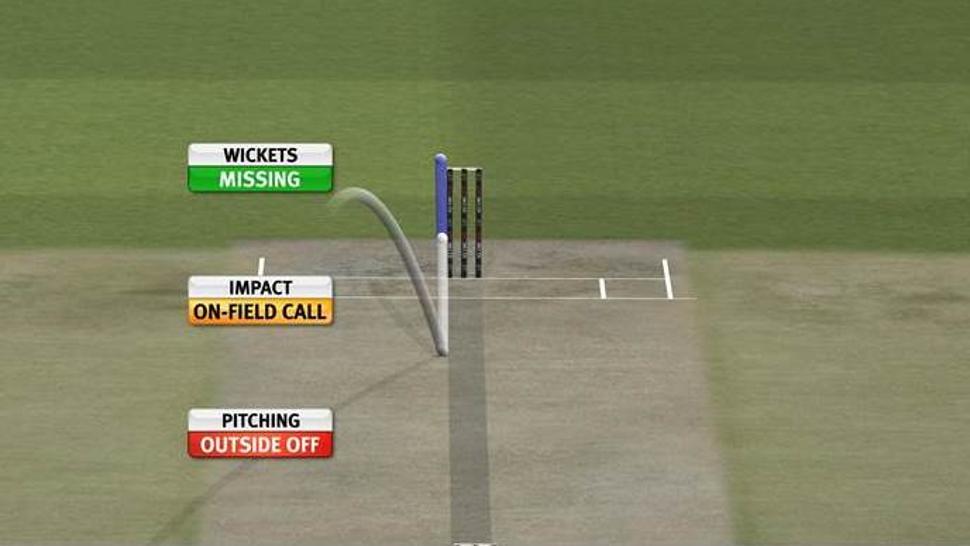
Hawk-Eye, a technology developed by HawkEye Technologies, utilizes augmented reality to track out the path of the ball in case of LBW. It uses a number of metrics to trace the path of the ball while accounting for spin, speed, and where it hits on the pitch i.e. either in or outside the line of wicket which helps to clear up any confusion later.
It is one of the most common visual representation of any ball or over (6 balls) thrown that predicts the susceptibility of a ball hitting the wicket. It further includes trackers introduces for batsman that enables better decision revivals and one of the commonly used tech today and ICC World Cup 2019 isn’t different.
UltraEdge
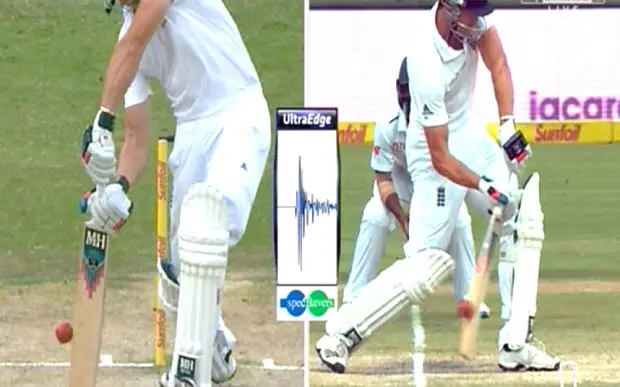
Have close attention and you will understand that you have seen UltraEdge in clear sight at least one if you are an avid cricket watcher. It is mainly used when the umpire is either unsure if the ball hit the bat before being caught by the wicketkeeper or it just swings by which is very easy to miss as it could be a bare inches apart to make that difference.
However, UltraEdge which was formerly known as Snick-o-meter uses highly sensitive unidirectional microphones that are fixed at the base of the stumps. These microphones are unidirectional which is pointed in a single direction and have a limited area of capture which means no audience noises are registered and thus, even a slight blow to the bat is recorded without any hassle. In case the decision is disputed, you might have seen how broadcasters use a number of television replays going forward and reverse followed by a grab from the stump that gives a sharp and clear noise if the ball hit the bat meaning the batsman is out. This technique has proven to be effective and no doubt it is included in many cricket tournaments around the globe.
Hot Spot
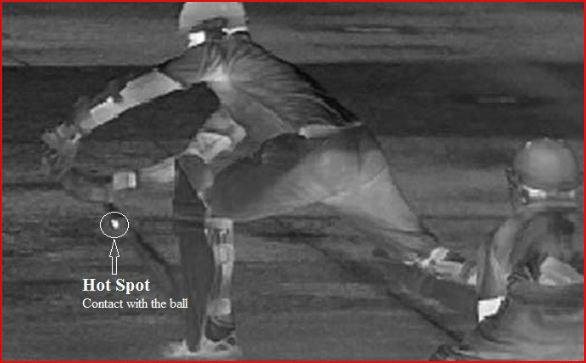
The next is Hot Spot which is used either in conjunction with UltraEdge technology or when the decision from the latter is either faint or unsure to make a firm decision. Hot Spot uses heat-sensitive infrared cameras that are located at the end of the field across the pitch. It renders a monochromatic visual of the scene where it tracks ball with an obstacle in between and dictates which one hit first in case if there’s any dispute between two obstacles such as a pad or the bat. This can be used in conjunction with the audio cue from UltraEdge to make a firm decision.
Tracker Device
Nowadays, cricketers get personalized and customized gears embedded within their vests that further help by reading the movement of the players. It is also used in the Hawk-Eye as aforementioned.
DRS
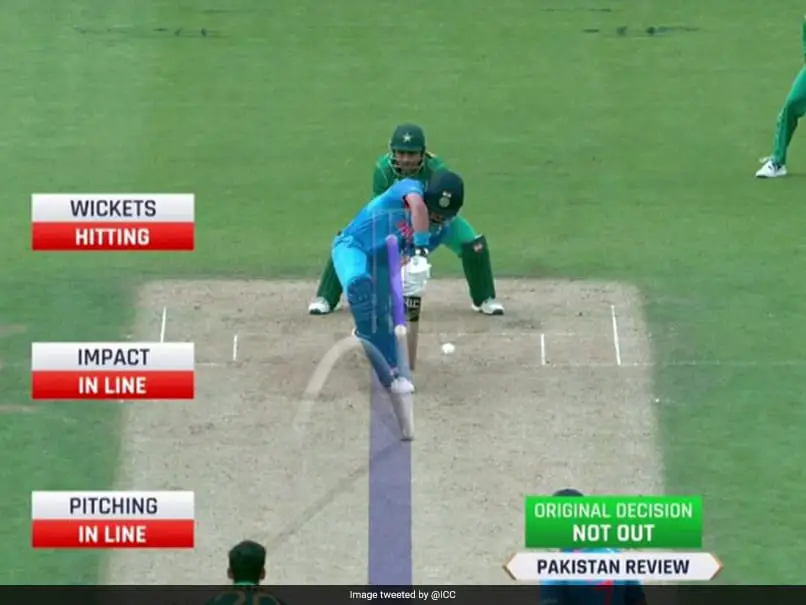
Known as the Umpire Decision Review System, the DRS helps the umpire in the process of decision-making. It is used when there is sort kind of confusion or if the umpire either missed or couldn’t conclude the decision. Triggered after a third umpire’s request, DRS employs use of television replays as well as a technology that detects and tracks the path of the ball and use sensitive microphones to catch any noise if it hits or even touches the pad which is a sign of LBW in some cases or if it hits the bat and the wicket keeper catches the ball in which case, the batsman is out.
These are just some of the ultra high-tech technologies and gadgets that are used in cricket matches as well as will be used in the ICC World Cup 2019 as well. The list includes high-resolution stationed cameras across the stadium, lights on the stumps that go off when the bails are off dictating that the player could be out of the game and so on. The ICC World Cup 2019 starts on May 30 with the first match being between England and South Africa so stay tuned.
